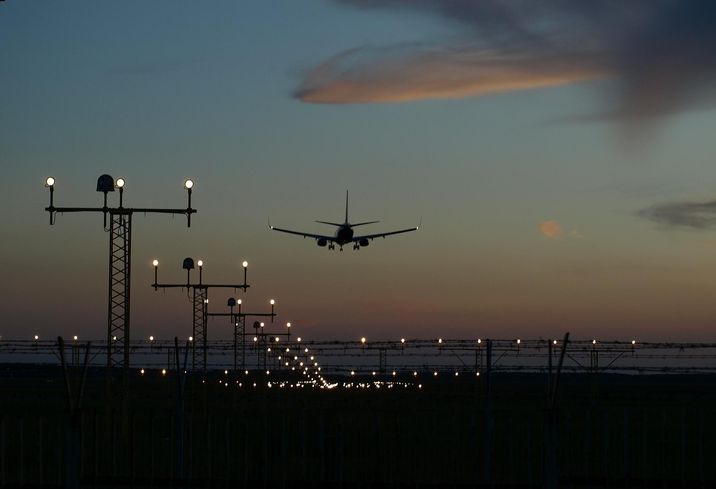Denver Airport Markets 26 Acres In Renewed Bid For Nearby Development
Denver International Airport is yet again calling on developers and investors in its West Approach mixed-use development district to take advantage of wide swaths of surrounding land as the metro area swells against its current boundaries.
Constructing a so-called aerotropolis on the land around DIA is an idea that has been around for more than a decade, with the effort gaining traction from a collaboration between the mayors of Denver and Aurora. But it’s been a challenge to get traction on the idea, given the distance between DIA and the rest of the metro area, and the recessions that have taken place in the last 15 years.
Large tracts of land around the airport are owned by several large organizations, including the airport itself. Some of these owners have been more successful than others when it comes to delivering on the decades-old idea.
There has been some progress, especially following the opening of the A-line commuter rail line between downtown Denver and DIA in 2016. A site along the A-line grabbed the attention of Panasonic, which opted to consolidate the operations of Panasonic Enterprise Solutions at a newly constructed office building at the 61st and Peña Station.
A hotel and an apartment complex followed, and Panasonic began to execute on its vision of developing “smart city” technologies at the outpost. Self-driving cars can occasionally be found giving themselves test drives around the development.
Last year, Pepsi announced its intent to move its bottling plant from Denver’s rapidly gentrifying Five Points neighborhood to 148 acres near DIA. Pepsi purchased the land from local developer Westside Investment Partners, which has been slowly peeling off chunks of the 1,150 acres that it purchased near DIA in 2017.
Phoenix-based A&C Properties has also had some success selling parcels of its Porteos mixed-use site, which total 1,287 acres just south of the airport. Munich, Germany-based Karcher built a warehouse on the site and industrial developer JAGreen is busy putting up millions of square feet of speculative space.
But the first entrant to the site, Walmart, which bought 169 acres at Porteos in 2016, has yet to build anything on its land, where it was widely expected to put up a distribution center.
Another tract, formerly owned by an affiliate of Denver-based Sebastian Partners, recently sold out of bankruptcy for $18.1M to apartment developer Sherman Associates.
By announcing that it’s ready to receive offers from developers, investors and users for land at West Approach, part of the 16,000-acre Denver’s Global Gateway development area, DIA has signaled it is ready for another push toward the long-envisioned aerotropolis.
The 26-acre West Approach is a mixed-use development that brokers representing the land say is suitable for hospitality, retail or office development.
DIA itself has been under construction since 2018 and will be for several more years. The 27-year-old airport is in the midst of a massive renovation that will reconfigure security, concourses and more in a project totaling more than $2B. A separate project, adding 39 new gates, is nearing completion.
These projects are aimed at improving and expanding DIA as it ages and simultaneously attracts new volumes of passengers every year. In 2021, DIA served 58 million passengers, making it the third-busiest airport in the world behind Atlanta and Dallas, although that ranking was likely influenced by lower rates of international travel. Before Covid-19, DIA frequently ranked No. 5 or 6 among airports worldwide for passenger count.
Development surrounding the airport is similarly meant to serve growing passenger numbers at the airport, as well as the growing population of metro Denver, which is constrained to the west by the Rocky Mountains. The region’s eastern edge, on the other hand, opens to an expanse of prairie and farmland that extends to the Kansas border, dotted by small towns.

